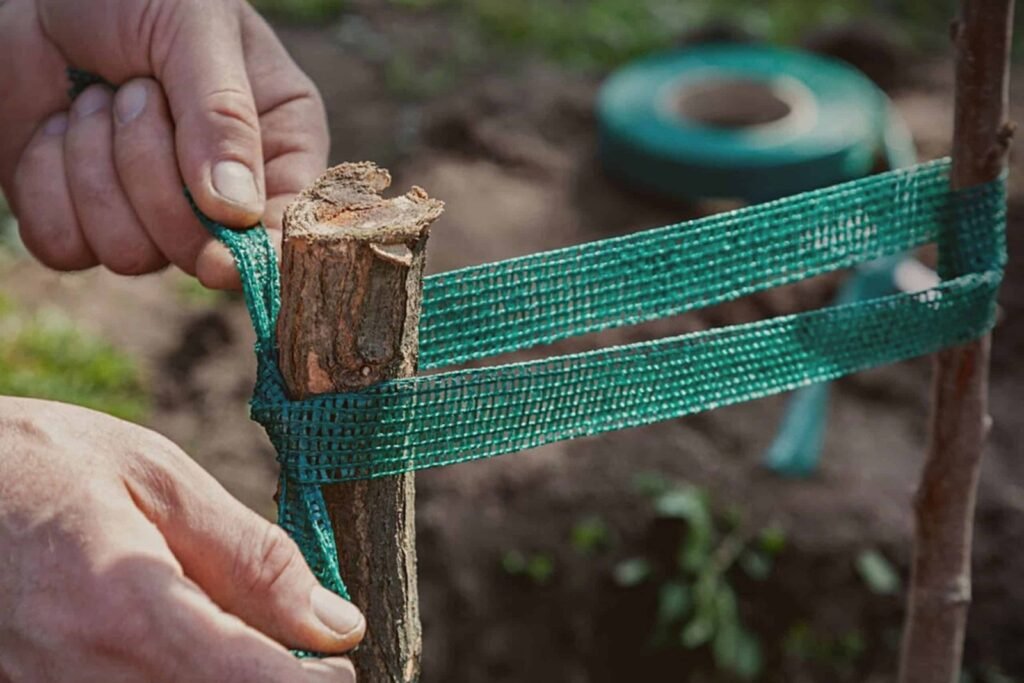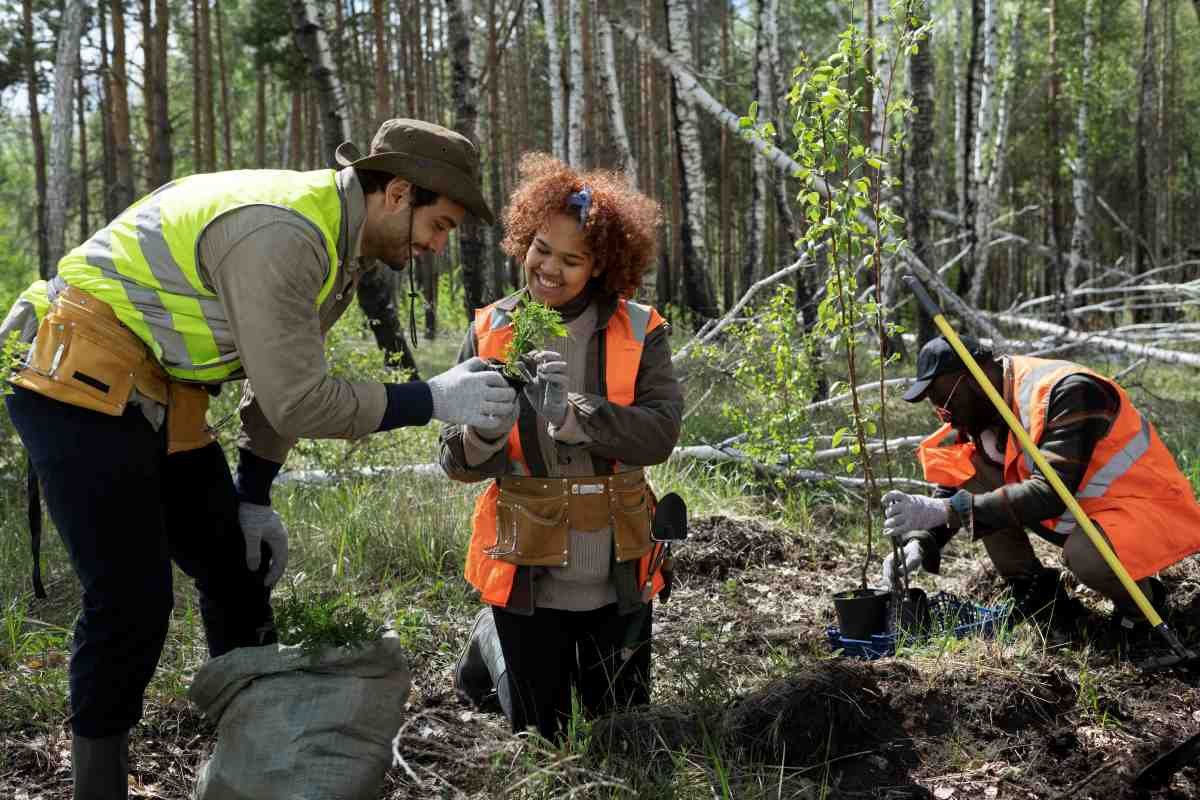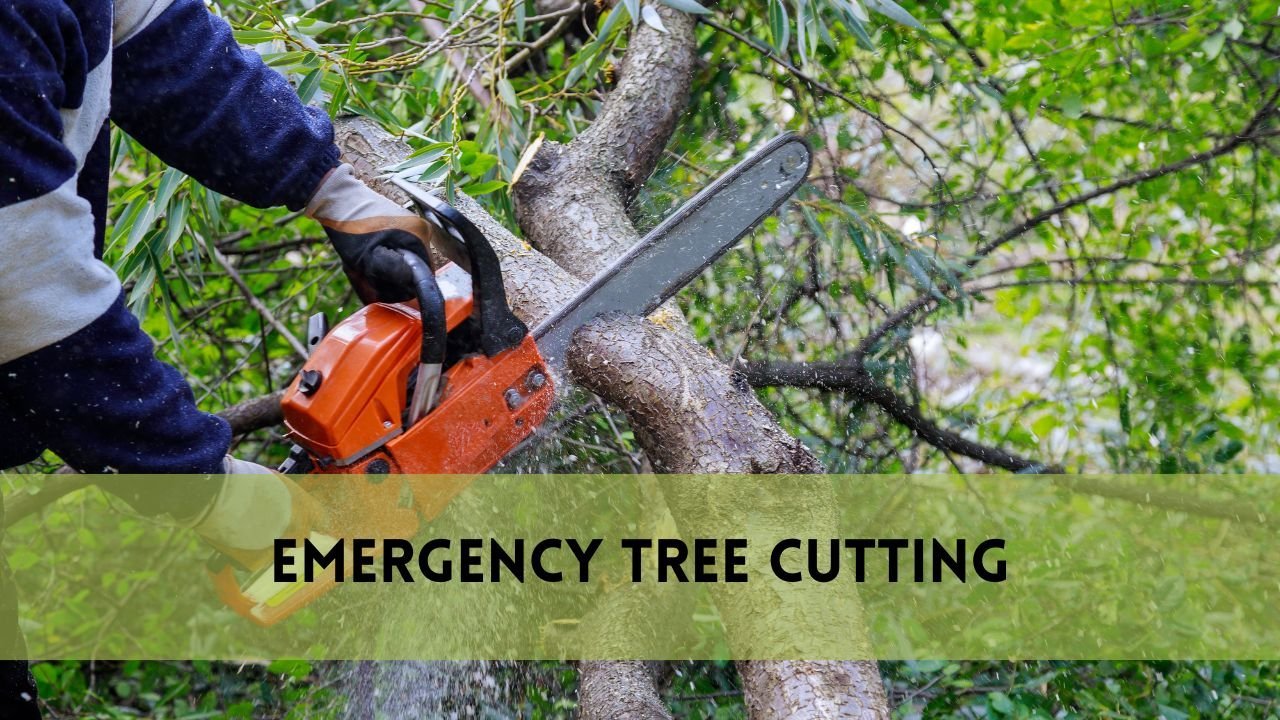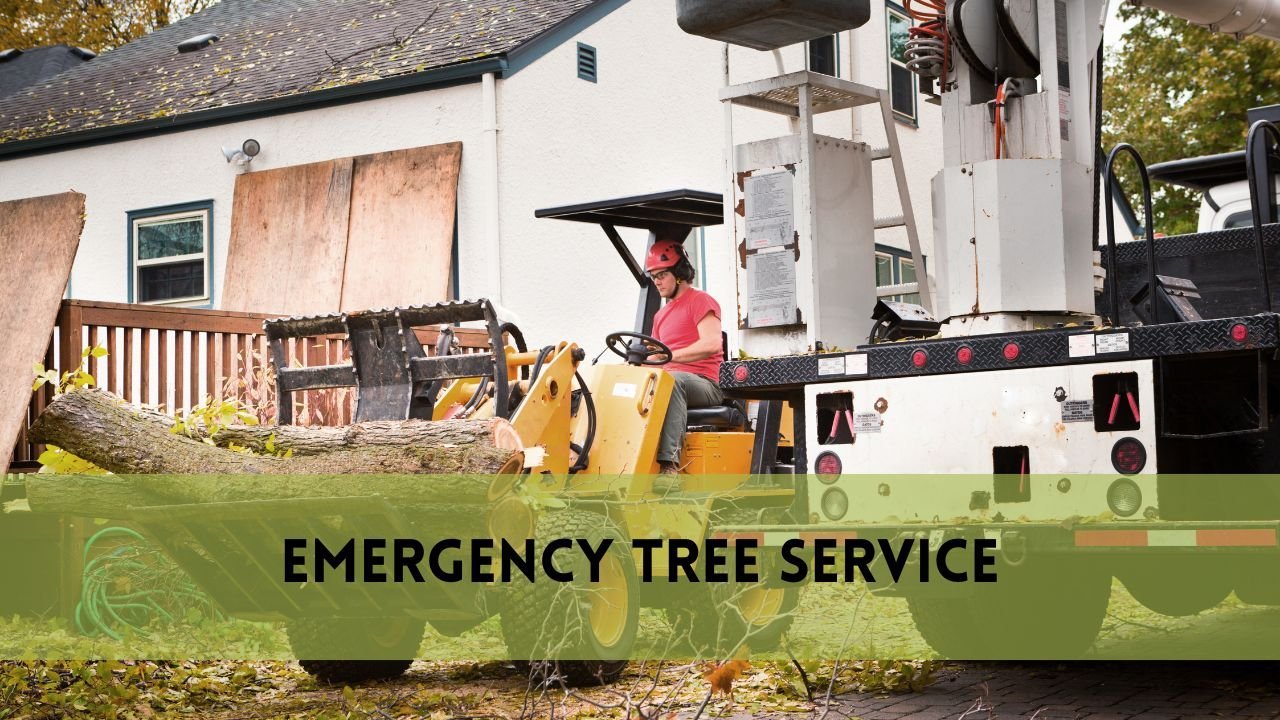Tree stakes play a crucial role in the early stages of a tree’s life, providing support and stability to ensure proper growth and development. However, it’s important to understand when to remove these stakes to allow the tree to thrive independently.
In this article, we will explore the optimal timing for removing tree stakes and the factors to consider before doing so.
What Are Tree Stakes and Why Are They Used?
Tree stakes are supportive structures that are used to aid in the growth and stability of young trees. They are typically long, slender poles made of wood or metal that are driven into the ground next to the tree.
The stakes are then secured to the tree trunk using straps or ties. The primary purpose of tree stakes is to provide stability and support to newly planted or young trees.
By anchoring the tree to the stake, it helps prevent excessive swaying or leaning, especially during periods of high winds or inclement weather. This support allows the tree to establish its root system and encourages vertical growth.
When to Remove Tree Stakes?
After a certain period of time, it becomes necessary to remove tree stakes to allow the tree to develop a strong and self-supporting structure.
Here are some signs to look out for that indicate it’s time to remove tree stakes:
Visible tree growth and trunk thickness
One of the primary indicators that tree stakes should be removed is significant visible growth and an increase in trunk thickness. As the tree matures, its trunk becomes stronger and more capable of supporting itself.
Look for a noticeable expansion in trunk diameter, as this suggests that the tree is developing the structural strength needed to stand independently.
Evaluating the tree’s stability
Assessing the tree’s stability is crucial in determining when to remove the stakes. Once the tree can remain upright without leaning excessively or toppling over, it indicates that it has gained enough stability and root strength to withstand normal weather conditions. Observe the tree for any signs of self-support, such as minimal swaying during moderate winds.
Assessing the surrounding environment
Consider the local climate and growing conditions when deciding to remove tree stakes. If the area experiences consistently strong winds or other adverse weather conditions, it may be necessary to keep the stakes in place for a longer period.
Conversely, if the tree is planted in a protected area or the weather conditions are generally mild, the stakes can be removed earlier.
It’s important to note that the timing for stake removal may vary depending on the species of tree. Some tree species grow faster and develop stronger trunks quicker than others. Research the specific growth patterns and recommendations for the particular tree species to determine the appropriate timing for stake removal.
Step-by-Step Guide to Removing Tree Stakes
Once you’ve determined that it’s time to remove the tree stakes, it’s important to follow proper techniques to ensure the tree’s continued stability.
Here is a step-by-step guide on how to safely remove tree stakes:
Tools and Equipment Needed
- Pruning shears or a small saw
- Gloves for hand protection
- Soft material, such as rubber or foam, for cushioning (optional)
- Tree ties or straps (if necessary for re-staking)
Proper Techniques for Removing Stakes
- Start by removing the ties or straps that secure the tree to the stakes. Carefully untie or cut them, ensuring you don’t damage the tree trunk or branches in the process.
- Once the tree is no longer attached to the stakes, assess its stability. If the tree remains upright without leaning excessively, it’s a good indication that it is ready to stand on its own.
- Begin removing the stakes one at a time. Use pruning shears or a small saw to cut through the stakes near ground level. Take caution not to injure the tree’s roots or trunk.
- If the stakes are deeply driven into the ground, you may need to wiggle or rock them back and forth gently to loosen them before removing.
- As each stake is removed, check the tree’s stability again. If it remains upright and stable, proceed to remove the remaining stakes. If the tree shows signs of instability, consider leaving one or more stakes in place for a bit longer to provide additional support.
Every tree is unique, and stake removal may require adjustments based on the tree’s specific circumstances. If you’re uncertain about the process or have concerns about the tree’s stability, consult with a professional arborist for expert guidance.
Conclusion
Knowing when to remove tree stakes is crucial for the healthy development and long-term stability of your trees. By understanding the signs indicating stake removal, considering factors such as tree age, size, and local climate, and following proper techniques, you can ensure the tree’s successful transition to self-support.





